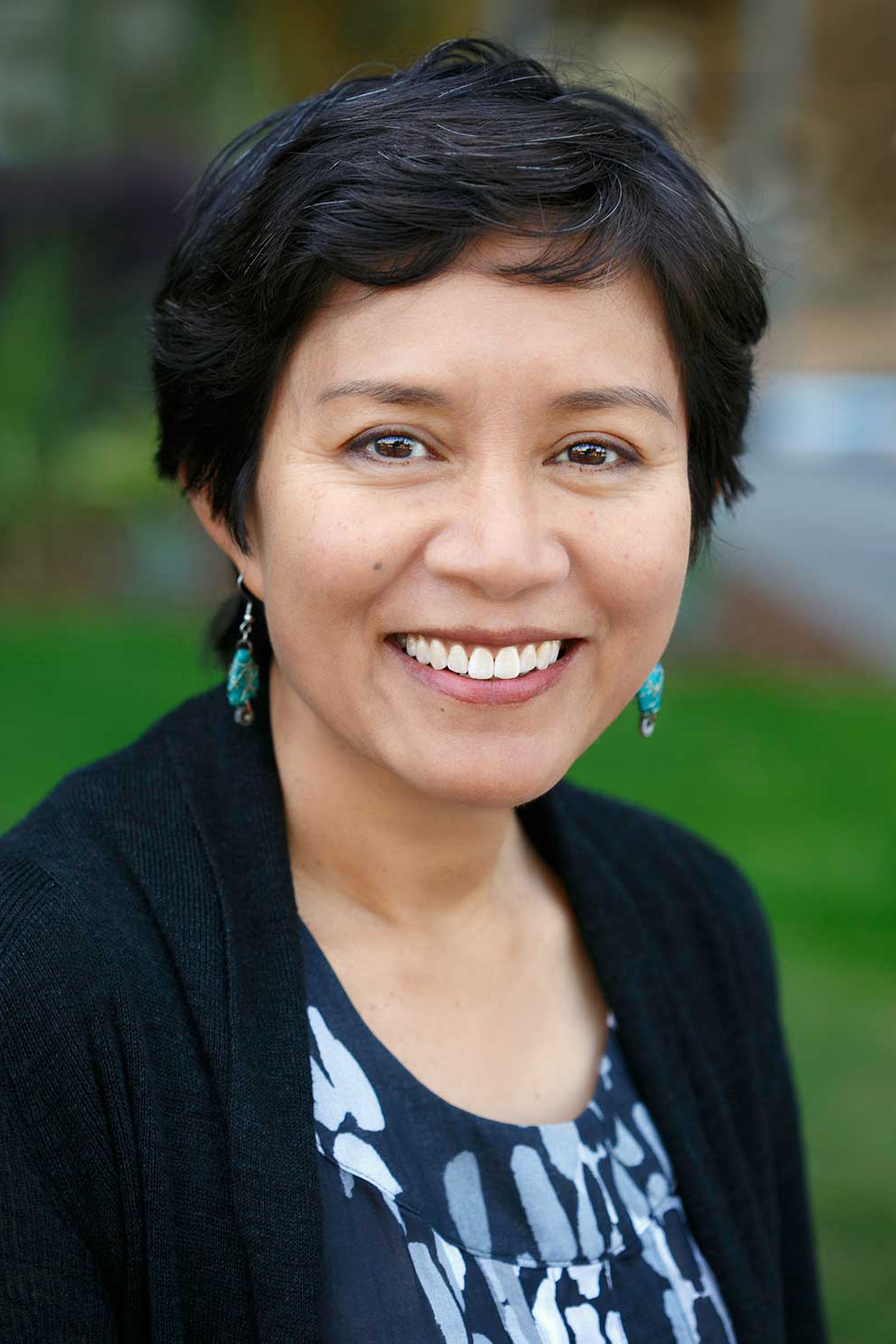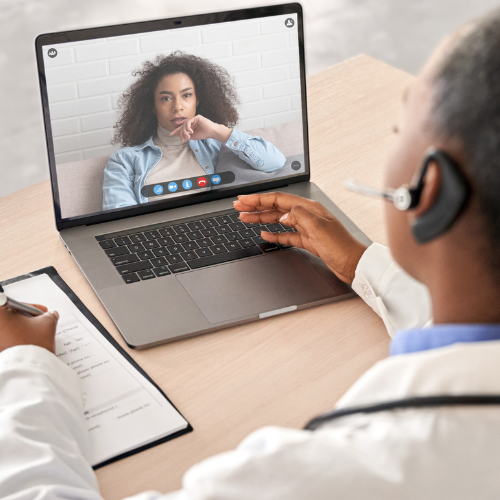
Press Release
COVID-19 Study Finds Striking Inequities in Access to Healthcare During the Pandemic
-
Focus Areas
Alcohol, Tobacco, Drugs & Mental Health -
Issues
Alcohol, Mental Health, Technology & Telehealth -
Expertise
Research – Quantitative -
Programs
Alcohol Research Group -
Strategic Initiatives
COVID-19

US national study reveals disparities in general and behavioral healthcare receipt, suggests telehealth is a vital bridge to care for traditionally underserved groups
A new study published today in Preventive Medicine found that, during the first year of the pandemic, Hispanic/Latinx individuals and lower-income individuals were less likely to receive needed healthcare when compared to White individuals and people with higher incomes. Led by researchers at the Alcohol Research Group (ARG), a program of the Public Health Institute, in collaboration with RTI International, the study examined whether different groups were more or less likely to receive general and behavioral healthcare they needed, to delay care, and to use telehealth.

Study findings revealed that:
● 37% of respondents wanting behavioral healthcare (i.e. mental health counseling or alcohol counseling) did not receive it.
● 48% of respondents delayed getting care, largely due to pandemic-related issues like medical office closures, lockdowns, or fear of infection.
● Some groups delayed needed care due to cost (44% of uninsured persons and 25% of persons whose work hours or work pay was reduced during the pandemic delayed needed care).
● For Hispanic/Latinx respondents, receipt of needed general and behavioral healthcare was 20 percentage points and 18 percentage points lower, respectively, than for White respondents.
● The difference in access to healthcare for low-income groups compared to high-income groups was 23 percentage points lower for behavioral healthcare and 13 percentage points lower for general healthcare.
When examining telehealth utilization, which included connecting with a healthcare provider by video, phone, or email, some traditionally underserved groups reported high rates of telehealth use.
Nearly all Hispanic/Latinx respondents (98%) who received any behavioral healthcare during this period used telehealth for their care; this was greater than White and Black respondents. Also, lower-income and higher-income groups were very similar in their use of telehealth for behavioral healthcare (88% and 86%, respectively).
“Before the pandemic, there were concerns that telehealth expansion could exacerbate inequities in healthcare access due to factors like the digital divide. So these findings are very encouraging,” explained lead study author, Nina Mulia.
“The higher-than-expected use of telehealth for some groups may be the result of new telehealth policies during the pandemic, such as reimbursing providers for telephone visits and supporting telehealth services at clinics that serve lower-income, rural and tribal communities. These provisions were temporarily set in place at the start of the pandemic and have recently been extended until the end of 2024 under the new Omnibus Appropriations Bill,” said Mulia.
Findings might also reflect the fact that the survey occurred one year into the pandemic, Mulia suggested. At that point, there might have been enough time for telehealth to spread across the population. Some healthcare providers were already using telehealth even before COVID, but other providers have needed time to implement these services and get their patients engaged with phone and video visits. It may be that both the policies and the timing of the study account for the unexpected results.
While the telehealth findings were promising for many groups, several disparities were observed. Black respondents reported similar rates of general telehealth use compared to White people but showed lower use of telehealth for behavioral healthcare such as mental health counseling. Rural residents were also less likely than urban residents to use telehealth for behavioral healthcare; however, for general care, telehealth use was identical across both groups at 54%.
“Our findings underscore the need to identify which policies helped most in expanding telehealth to groups who typically don’t have good access to healthcare and to work to make these policies permanent,” added Mulia.
“Everyone deserves to be able to access general and behavioral healthcare when they need it. If we eliminate the very policies that increase access for underserved groups, then we would be taking a big step backwards for health equity. This could also have serious health consequences for many persons who rely on telehealth as a bridge to care.”
Researchers used data from the 2019-2020 US National Alcohol Survey (NAS) and its COVID follow-up survey (conducted from January 30 to March 28, 2021). Telehealth services were defined as healthcare, mental health counseling, or help for their drinking provided by a healthcare provider, mental health counselor, or substance use counselor via electronic messaging or email, phone or video chat.
The study “Inequitable Access to General and Behavioral Healthcare during the COVID-19 Pandemic: A Role for Telehealth?” by Nina Mulia, Yu Ye, Thomas K. Greenfield, Priscilla Martinez, Deidre Patterson, William C. Kerr, Katherine J. Karriker-Jaffe is available here.
Support for this paper was provided by the National Institute on Alcohol Abuse and Alcoholism (NIAAA) under award numbers P50AA005595 to W.C. Kerr (ARG); K01AA024832 to P. Martinez (ARG); R01AA029812 to K. Karriker-Jaffe (RTI) at the National Institutes of Health. The content is solely the responsibility of the authors and does not necessarily represent the official views of the National Institutes of Health.
Work With Us
You change the world. We do the rest. Explore fiscal sponsorship at PHI.
Support Us
Together, we can accelerate our response to public health’s most critical issues.
Find Employment
Begin your career at the Public Health Institute.

